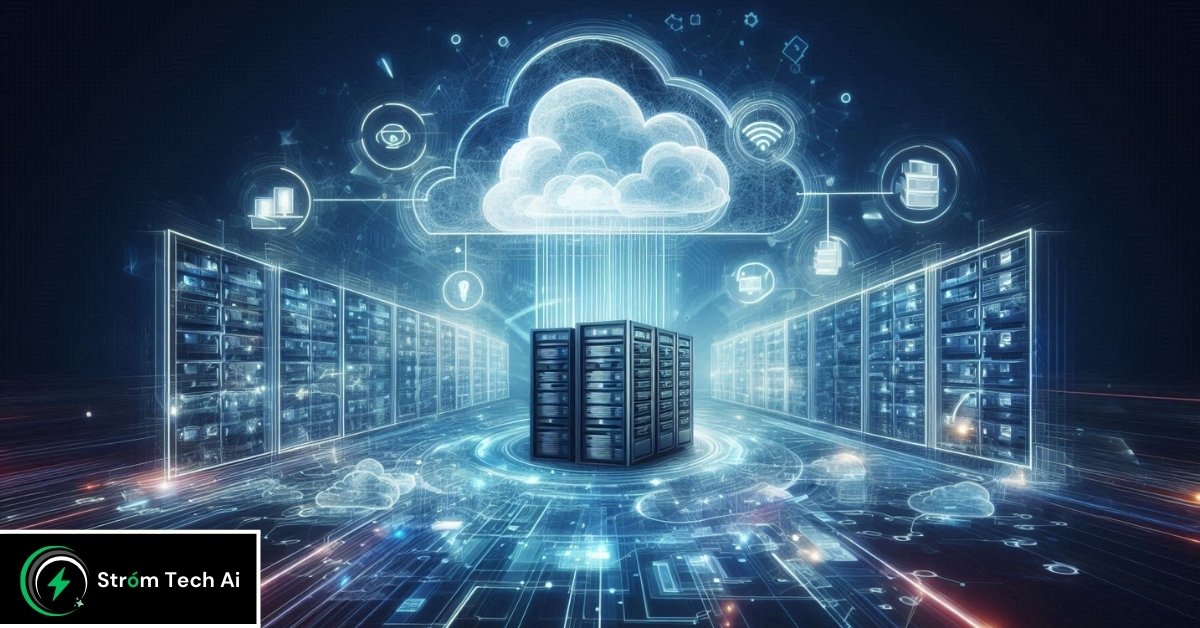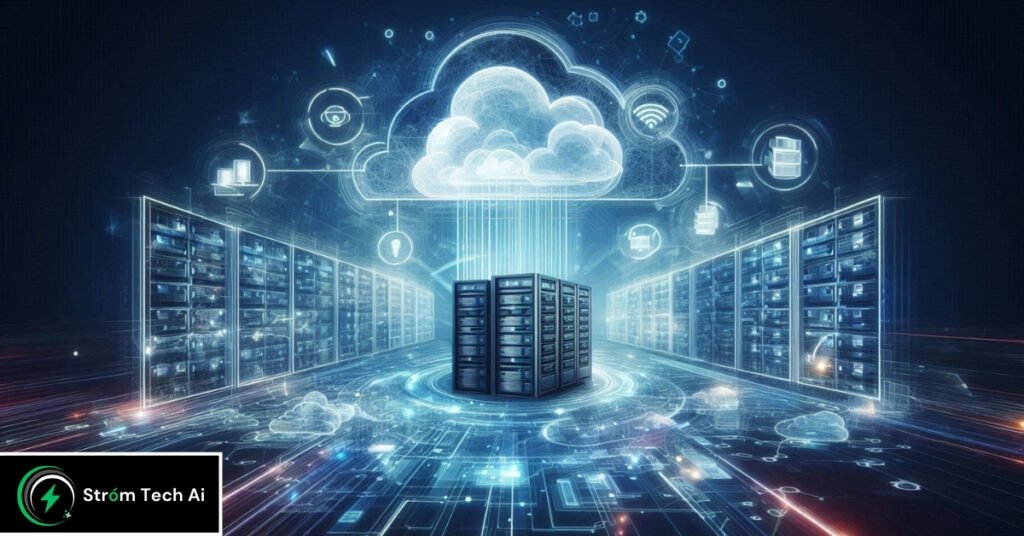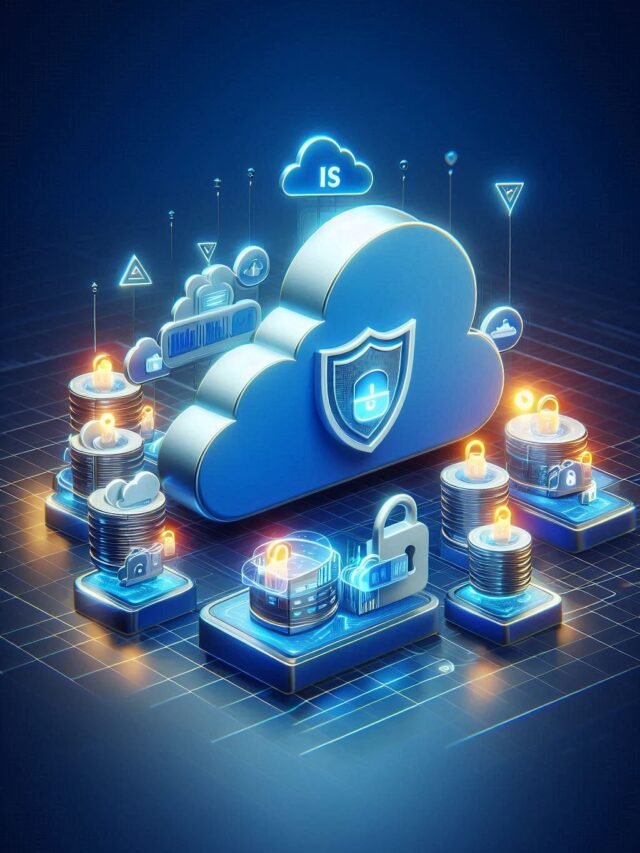What is a difference between the functions of cloud computing and virtualization?

Knowing the distinction between cloud computing and virtualization is essential for improving the computer network in today’s rapidly evolving technical landscape. This article looks at how these two technologies differ and how advanced artificial intelligence is. Thus, “What is a difference between the functions of cloud computing and virtualization?” Let’s get started.
Table of Contents
What are the Functions of Cloud Computing?
Cloud computing describes the provision of computer services via the Internet, giving companies an adaptable and scalable means of accessing services while maintaining their physical facilities. We examine the main uses of the Internet for computing below.
How Does Cloud Computing Enable Resource Scalability?
With the use of cloud computing, companies can instantly scale or reduce their computing power to effectively manage shifting demand without making unnecessary investments regarding physical infrastructures.
Why is Cloud Computing Cost-Efficient?
Cash-as-you-go cloud computing allows businesses to only pay for the resources they utilize. Organizations can reduce their original technological costs and turn them into manageable operating expenses by doing this.
How Does Cloud Computing Improve Accessibility?
Corporations may support distributed staff members and enable seamless worldwide interaction among teams thanks to cloud-based materials, which are accessible from any location with a web browser.
What Role Does Cloud Computing Play in Disaster Recovery and Backup?
Cloud computing systems offer robust rescue alternatives by storing data in numerous places worldwide. Organizations may swiftly restore data even in the case of hardware failure or natural calamities.
How Does Cloud Computing Handle Automatic Updates and Maintenance?
Internet service providers take care of all hardware upkeep, security patching, and updating software, freeing enterprises of repetitive IT management duties so they may concentrate on their core competencies.
What are the Functions of Virtualization?
How Does Hardware Efficiency Get Better With Virtualization?
Through the concurrent running of many systems of operation on the same server, virtualization optimizes hardware usage. This reduces hardware waste and increases the efficiency of resource usage.
How Isolation and Security Are Guaranteed by Virtualization?
Due to their isolation from one another, other virtual machines (VMs) are not impacted by a malfunction or security flaw in one VM. By doing this, a safe environment is created for using the same hardware to run numerous apps.
How Do Costs Get Lower With Virtualization?
Virtualization lowers operating costs like heating and cooling as well as equipment expenses by combining workloads onto fewer physical servers. With fewer facilities, information centers may function more effectively thanks to it.
How Can Virtualization Make Installation and Testing Easier?
Virtual computer systems allow developers to quickly construct isolated instances for testing, which expedites the deployment and growth process. The testing scenarios won’t interfere with active machines in production thanks to virtualization.
How Does Virtualization Make Backup and Migration Easier?
Because virtual systems are lightweight they may be swiftly backed up and transferred from one physical server to another. The management of system modifications and disaster restoration is made simpler by this versatility.
What Distinguishes Virtualization from Cloud Computing?
The breadth and performance of hybridization and cloud computing differ from one another. Let’s investigate the distinction.
How Does Cloud Computing Use Virtualization?
Virtualization is frequently used as a base for cloud computing to provide scalable online services. But cloud computing is more than simply simulation; it encompasses a wide range of services that are available on demand like interpreting, software, thereby and storing.
How Does Virtualization Operate Independently of Cloud Computing?
Virtualization focuses solely on optimizing the utilization of physical hardware by creating virtual environments. It can be implemented within local data centers without necessarily involving cloud-based services, whereas cloud computing extends those virtual resources to be accessed over the internet.
How is Edge AI Changing the Role of Cloud Computing and Virtualization?
Edge AI is revolutionizing how businesses leverage both cloud computing and virtualization by bringing artificial intelligence closer to data sources. Here, we look at how edge AI integrates with these technologies.
How Does Edge AI Lower Latency?
Instead of transferring data to a server for analysis, edge AI examines data immediately on edge gadgets like the web of Things monitors or cellphones. Processing data in real-time is now possible in industries like robotic production and autonomous transport due to the reduction in bandwidth.
How Is Resource Usage Optimized by Edge AI?
Edge AI lowers the quantity of data sent to the cloud by processing data locally. This lowers network speed and cloud infrastructure expenses by optimizing virtualization and resource utilization in the cloud.
How Is Security Improved by Edge AI?
By enabling local processing of confidential information, edge AI lowers the possibility of hacking while the data is being transferred to the cloud. In sectors where data privacy is crucial, including hospitals and finance, this improved security is extremely beneficial and paramount.

Conclusion
Cloud computing and virtualization have different but complementary applications. Cloud computing offers scalable, instantaneous services via the Internet, relieving businesses of the burden of maintaining their infrastructure and enabling them to access capabilities. On the other hand, by allowing the construction of multiple virtual environments on a single server, virtualization improves the utilization of real hardware.
The way that cloud computing and virtualization interact is evolving as a result of novel innovations like edge artificial intelligence (AI), which enable faster, more secure, and more efficient edge data processing. Companies may build a more intelligent and adaptable IT infrastructure that is foreseeable by understanding the differences between virtualization and cloud computing.
FAQs: What is a difference between the functions of cloud computing and virtualization
How do the features of virtualization and cloud computing are distinct from one another?
Through the Internet, cloud computing is a service paradigm that offers on-demand access to computer resources including storage, servers, and apps. The capacity, cost-effectiveness, and remote availability are some of its primary features.
On the other hand, virtualization is an invention that optimizes hardware utilization, enhances solitude, and makes the management of systems simpler by creating several online environments, or simulated machines, on a single physical machine. The primary distinction is that virtualization optimizes the utilization of actual hardware materials, whereas cloud computing offers extensible capabilities.
What is the difference between the functions of cloud computing and virtualization Quizlet?
On platforms like Quizlet, cloud computing and virtualization are distinguished by their scope and focus. Cloud computing is a service-oriented model that emphasizes adaptability and capacity and offers online access to information technology assets. With an emphasis on managing resources and hardware efficiency, virtualization is a technique that allows the development of several virtual environments on a single system. Virtualization serves as the cornerstone for cloud computing, which extends into much more extensive delivery methods for services.
How does cloud computing virtualization operate?
Virtualization enables key aspects of cloud computing, including:
Resource optimization allows several virtual machines (VMs) to run on a single server, maximizing hardware consumption.
Scalability: Virtual machines (VMs) are an essential part of cloud products because they can be quickly created or scaled up or down based on demand.
Isolation: Security is improved and bugs in the system are prevented from spreading when virtual computers are kept apart from each other.
Flexibility: Virtual machines facilitate recovery from disasters, distribution of load, and upgrading of the system, and they are easily migrated between systems.
Cost reduction: Makes cloud computing more affordable by reducing the need for physical servers and the associated operating costs.
What is the difference between cloud computing and data virtualization?
The on-demand distribution of hardware and software (such as databases, servers, and applications) via the Internet is referred to as cloud computing. Its main objective is to make scalable, distant resources accessible.
In contrast, data virtualization is a data management approach that does not involve moving or replicating data; instead, it integrates and shows data from multiple sources as a single, unified layer. It makes data analysis and access across several platforms possible in real-time.
To put it briefly, data virtualization deals with accessing and integrating data from several locations without moving it, whereas cloud computing offers computer resources over the web.
How do virtualization and the Internet of Things relate to each other?
Virtualization and cloud computing are related because cloud computing relies on virtualization as a fundamental paradigm. Several virtual machines may be created on one computer thanks to virtualization, which maximizes resource consumption and enables providers of cloud services to supply consumers with scalable, reusable resources.
Virtualization is used in cloud computing to provide hardware, software, and technology as web-based amenities. Although virtualization makes it possible to use computers more efficiently, cloud computing goes one step further by providing streaming services. online availability of virtual assets.















